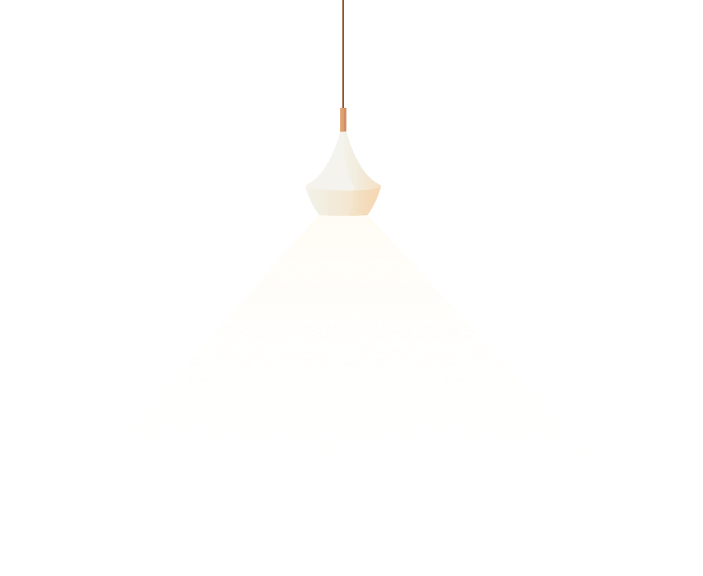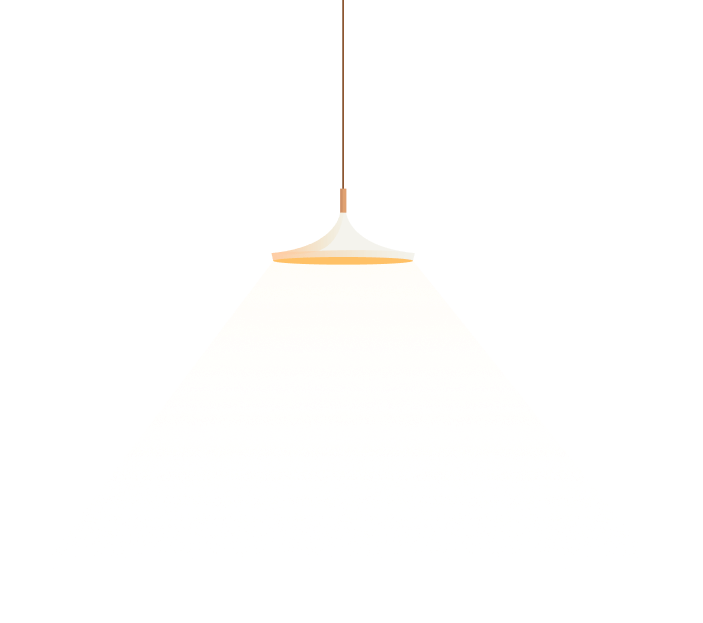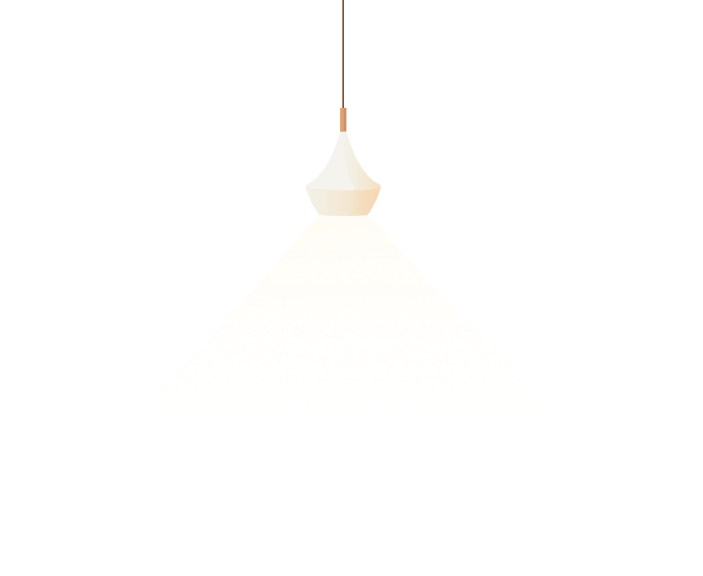Map Of Russia 1700
Map Of Russia 1700
Discover the mystery and charm of “Map Of Russia 1700”. Are you ready to travel back in time and explore the history and culture of Russia? This guide will take you on a journey through the best places to visit and local customs to experience in “Map Of Russia 1700”.
Visitors to “Map Of Russia 1700” may find the language barrier to be a challenge, as Russian was the main language spoken during this time period. Additionally, some may find the customs and traditions to be unfamiliar, requiring some adaptation and a willingness to learn and respect the local way of life.
There are several must-visit destinations in “Map Of Russia 1700”. Moscow’s Red Square is a famous landmark with colorful architecture, while St. Petersburg’s Hermitage Museum contains one of the largest art collections in the world. For a cultural experience, try the traditional Russian banya (sauna) or attend a ballet performance at the Bolshoi Theatre.
In summary, “Map Of Russia 1700” offers a unique opportunity to explore Russia’s rich history and culture. Visitors may face some challenges with the language and customs, but the top tourist attractions make it all worthwhile.
Personal Experience in “Map Of Russia 1700”
During my visit to “Map Of Russia 1700”, I was struck by the beauty of St. Basil’s Cathedral in Moscow. The intricate and colorful architecture was truly breathtaking. I also had the chance to try traditional Russian dishes like borscht and pelmeni, which were delicious.
Exploring Local Customs in “Map Of Russia 1700”
One of the most interesting local customs I experienced was the Russian banya. It was a unique and relaxing experience, and I learned a lot about the importance of sauna culture in Russian society. It was also fascinating to witness the traditional clothing and dance at a folk festival in St. Petersburg.
The History of “Map Of Russia 1700”
“Map Of Russia 1700” was a time of significant change in Russian history. It was during this time that Peter the Great modernized and westernized the country, introducing new technology, clothing, and customs. It also marked the beginning of Russia’s expansion and colonization of Siberia.
The Significance of Red Square in “Map Of Russia 1700”
Red Square was not only a political center during “Map Of Russia 1700”, but also a cultural hub. It was home to markets, festivals, and events, and many important buildings and monuments were constructed around it. Today, it remains a symbol of Russia’s history and culture.
Exploring Russian Art in “Map Of Russia 1700”
“Map Of Russia 1700” was a time of great artistic achievement in Russia. The Hermitage Museum in St. Petersburg contains over three million works of art, including paintings, sculptures, and artifacts from around the world. It is a must-visit for any art lover.
The Beauty of Russian Ballet in “Map Of Russia 1700”
The Bolshoi Theatre in Moscow is one of the most famous ballet companies in the world. Russian ballet has a long and rich history, and attending a performance at the Bolshoi is a truly unique and unforgettable experience. The talent and dedication of the dancers is truly awe-inspiring.
FAQs
What is the best time to visit “Map Of Russia 1700”?
The best time to visit “Map Of Russia 1700” is during the summer months of June to August, when the weather is warm and the days are long.
What is the traditional clothing in “Map Of Russia 1700”?
The traditional clothing in “Map Of Russia 1700” includes long dresses and shirts with intricate embroidery, as well as fur hats and boots to keep warm in the cold climate.
What is the currency used in “Map Of Russia 1700”?
The currency used in “Map Of Russia 1700” was the ruble, which is still the currency of modern-day Russia.
What is the significance of the Russian banya in “Map Of Russia 1700”?
The Russian banya was a place for socializing, relaxation, and healing. It was seen as a way to purify the body and soul, and was an important part of Russian culture during “Map Of Russia 1700”.
Conclusion of “Map Of Russia 1700”
“Map Of Russia 1700” offers a wealth of history, culture, and beauty for visitors to explore. From the stunning architecture of Red Square to the traditional customs of the banya, there is something for everyone in this unique and fascinating destination.





